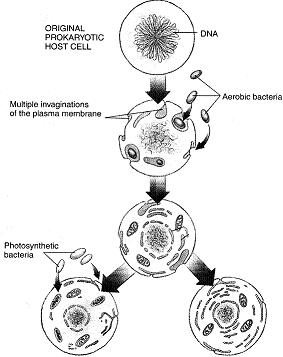The smallest organism is probably determined by
A. the number of molecules necessary for its growth and replication.
B. the size of the molecules necessary for its growth and replication.
C. its membrane.
D. its volume.
E. the number of molecules necessary for its growth and replication AND the size of the molecules necessary for its growth and replication.
E
You might also like to view...
Which of the following is NOT a fate of glucose entering the body during the absorptive state?
A. used as fuel immediately by body cells B. stored as glycogen in the liver C. stored as glycogen in muscles D. converted to triglycerides and stored in fat cells E. converted into the hard extracellular matrix of bone
Which of the following is not a decapod?
a. shrimp b. lobster c. crab d. krill
The theory illustrated in Figure 21-1 is supported by which piece of additional evidence?

a. The results of the Miller-Urey experiment.
b. Burgess shale fossils.
c. Ediacarian fossils.
d. The presence of DNA in some organelles.
e. All answers support the illustrated theory
According to the ________ principle, a muscle cell contracts completely when adequately stimulated by a motor neuron
Fill in the blank(s) with correct word